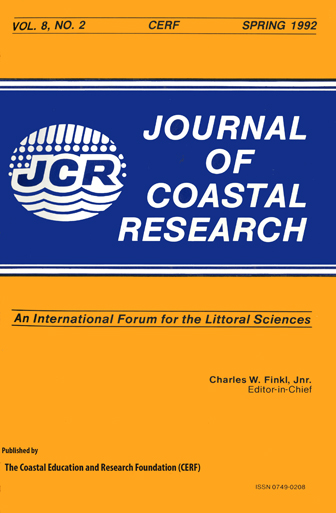Spatial-Temporal Analysis of Large Pleistocene Sea-Level Fluctuations: Marine Terrace Data
Keywords:
Sea-level indicators, radiometric methods, geoid surface, statistical processing.Abstract
International Geological Correlation Program Projects 61,200, and 274 led to numerous regional studies and radiometric determinations of Pleistocene marine terraces and other sea-level indicators. Statistical processing of more than 900 reliably dated elevated sea-level indicators older than 30 Kyrs BP confirms the definitive role of glacioeuatatic sea-level fluctuations. Most parts of all elevated marine terraces formed 400-390, 310-270, 230-200, 140-80, and 40-30 Kyrs BP, i.e. during the major Pleistocene interglacial periods. When a linear decrease in number of dated sea-level indicators is assumed, there seems to be a strong correlation with global ice volumes, estimated by 18O/16O composition of benthonic foraminifera in deep-sea cores. Elevations of the most reliable emerged and submerged sea-level indicators for certain interglacial periods are utilized to reach preliminary conclusions on the spatial patterns of sea level and geoid surface. The geoid surface during the early Late Pleistocene interglacial phase (130-120 Kyrs BP) was probably similar to the present one and the global mean sea level (GMSL) reached the +7 m mark. In the middle of the Late Pleistocene (40-30 Kyrs BP), GMSL probably did not reach the recent one. Geoid highs and lows at that time were of recent spatial position, but 20-40 percent lower in amplitude.


